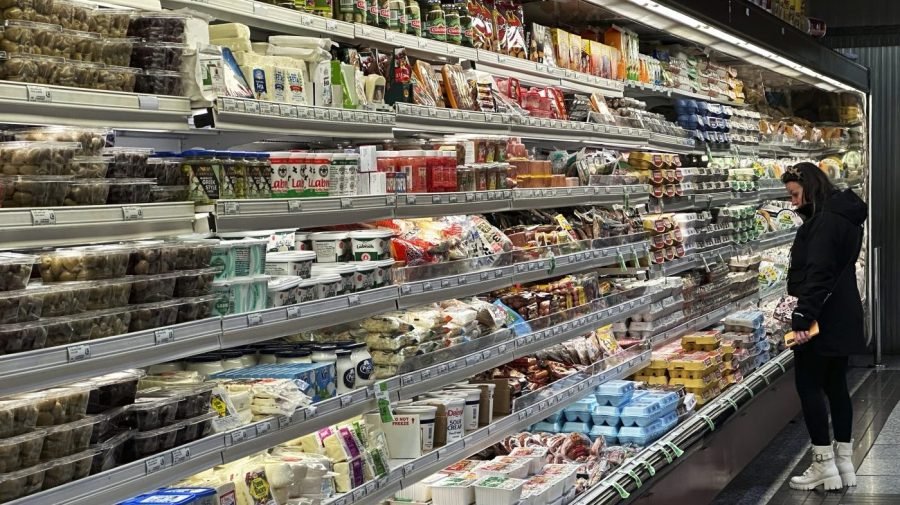
Inflation in the Federal Reserve’s preferred measurement ticked up to a 2.6-percent annual increase in June from 2.3 percent as cost increases from President Trump’s tariffs make their way into the economy.
The increase in the Commerce Department’s personal consumption expenditures (PCE) price index exceeded economists’ expectations of a 2.5 percent increase.
Taking out the more volatile categories of food and energy, the index increased to a 2.8 percent annual increase, which was also above consensus estimates at 2.7 percent.
Economists were expecting price growth as a result of tariffs.
“Core goods … should reflect substantial growth due to tariffs, especially on sensitive categories like household furnishings and equipment, recreational goods, apparel, and motor vehicle parts,” analysts for Vanguard wrote in a commentary.
Inflation has been ticking up recently in the consumer price index (CPI), another broad-based measurement of prices.
The CPI jumped to a 2.7-percent annual increase in June from 2.4 percent in May, showing rises in tariff-sensitive sectors like apparel, electronics and home furnishings.
The CPI has increased in its last two readings, rising from a recent low of 2.3 percent in April.
The Fed held short-term interest rates steady at a range of 4.25 to 4.5 percent after its meeting this week. Fed Chair Jerome Powell specified earlier this month that tariffs were the reason that the Fed hasn’t resumed rate cuts.
That’s because the economy has been seeing some disinflationary forces at work beneath the price effects of tariffs.
These have shown up notably in services and the housing sector. Shelter inflation in the CPI, which typically lags the headline number, decreased to a 3.8-percent annual increase off a plateau through March and April around 4.0 percent.
“We’ve seen some real improvement in recent months in some parts of inflation we’ve been waiting on,” Claudia Sahm, chief economist with New Century Advisors and a former Fed economist, told The Hill. “Housing services has really slowed, non-housing services, which is a big piece of the CPI. You’re seeing monthly rates that are at or even below pre-pandemic.”


